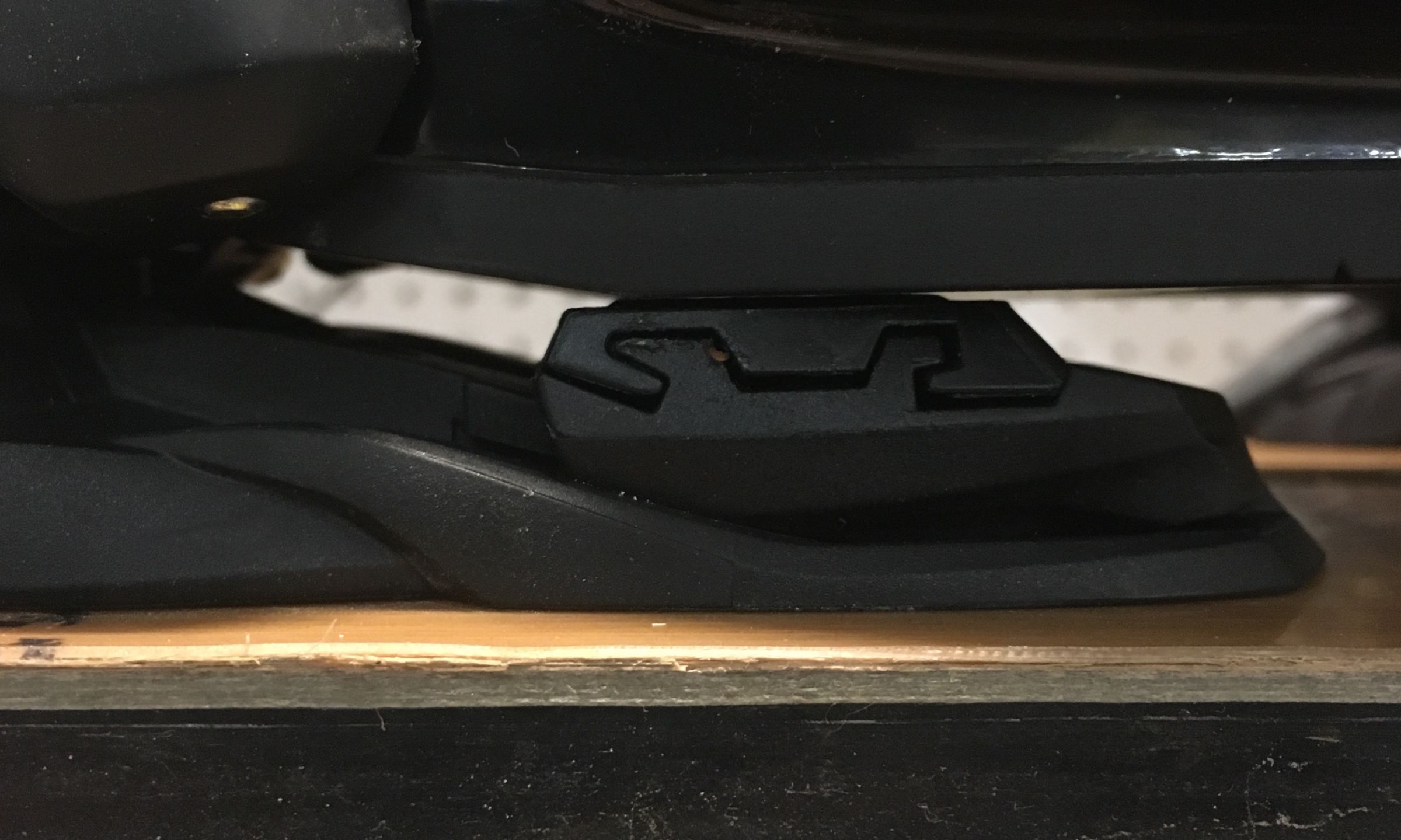Your Shopping Cart
Hot Items
Ski & Snowboard Outlets
How To Adjust Your Marker Ski Bindings
Posted April 19, 2017 @ 3:18pm | by The Ski Monster
***Disclaimer*** It is best and we recommend having your skis adjusted and mounted by a professional technician at a ski shop. Your safety is important and comes first.
Adjusting ski bindings isn't difficult, but it does need to be done properly to ensure safety. To do so there are just a few things you need to know and you'll be swapping skis with your buddies on the hill in no time. Now there is a difference between adjusting and remounting; difference being on a remount the bindings need to come off and be repositioned on the ski. Adjusting has to do with adjusting the heel piece on flat mounted skis or the toe and heel if it's a system ski (integrated binding system).
In this blog I'll be going over adjusting and setting the forward pressure for flat mounted skis with Marker Bindings. Obviously the bindings need to be adjusted so you can click your boot in but they need to have the forward pressure set properly so the binding works properly. Below is a photo of Eric's boot clicked into a Marker Griffon with the forward pressure set properly.
The forward pressure indicator on the back of most Marker Bindings (Squire, Griffon, Jester, Jester Pro, Comp 16 etc) is the silver screw on the back of the black heel piece housing. In the photo above you can see the screw is flush with the black binding housing while the boot is clicked in, indicating that the foward pressure is set properly. If it's too loose, meaning the heel piece is too far back that screw will be sticking out as seen in the image below indicating that the forward pressure is too low.
Too get the forward pressure set properly grab your favorite phillips or flathead screw driver and turn the screw clockwise (righty tighty) until the screw is flush with the housing. Eject the ski boot from the binding then click it back in and double check to make sure that screw is flush with the housing. You don't want it to be to tight or it will look like the image below.
In the above image the forward pressure indicator aka the silver screw is inside the black housing the back of the binding indicating that the forware pressure too high. Grab that trusty screw driver and loosen it up so you can be safe out there. Take the boot out click it back in if that screw is flush with the binding housing your forward pressure is set properly.
If you can't get the forward pressure set properly or it seems that the bindings need to be remounted on the ski take 'em to your local shop and have them do it for you. Mounting and Remounting skis is a more involved process and it is VERY important that it is done properly.
Let's say you did get the forward pressure set properly on your bindings... Now it's time to set the DIN's.
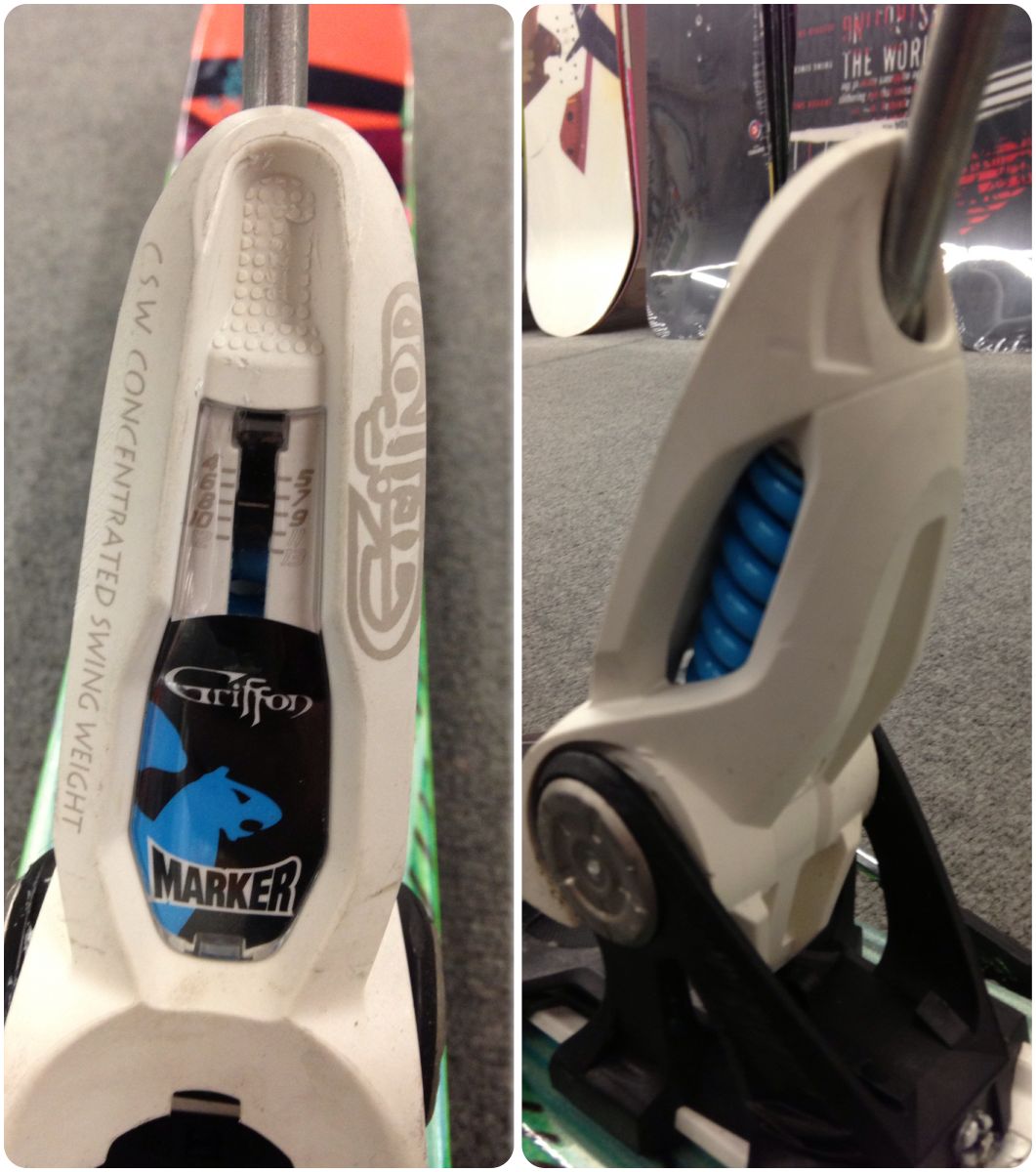
In the above images is the heel piece on the Marker Griffon. The image on the left shows the Visual indicator window displaying what the DIN is currently set at. Eric has his bindings set at an 8. Too raise or lower the DIN grab that same screw driver you used before to set the forward pressure and set your DIN's.
Know you may be asking 'How do I know what my DIN is supposed to be?' If you find yourself asking that question, go take your skis to a shop and have them get your bindings dialed in for you. Once you know what your DIN is supposed to be for a certain binding (It does differ a bit from brand to brand) you'll know what to set your bindings at for next time.
Once you have your forward pressure and DIN’s set it’s time to get the Anti-Friction Device (AFD) properly adjusted. The AFD is the spring loaded piece on the binding that sits directly under the toe of the boot that allows for a clean release during a crash. All you will need is a Phillips head screwdriver or Allen wrench and a business card.
When you first engage your boot everything will seem fine, but that isn’t always the case. Generally there will be too much pressure forcing your boot into the housing of the binding or the exact opposite with too much space between the boot and binding. This is important for the same reasons as forward pressure, making sure you release properly in case of a crash. Too much pressure will make the release more difficult and not enough allows your boot to rattle around with the increased chance of releasing unexpectedly.
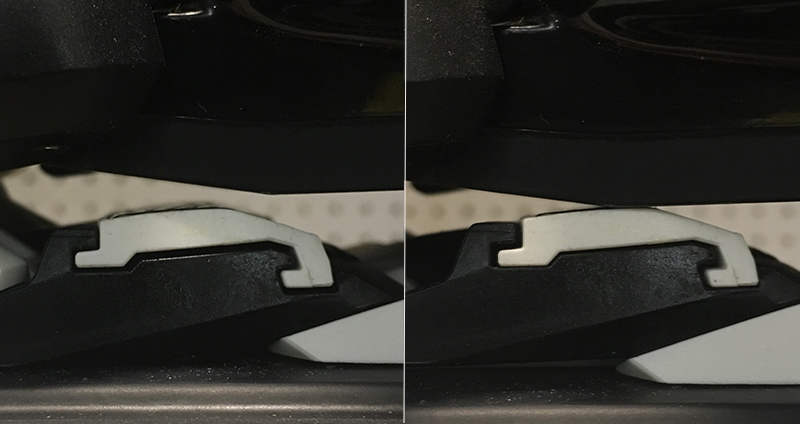
The image above shows the AFD on the NEW Marker Griffon ID binding. All ID bindings from Marker will follow the same steps. Begin by engaging the boot into the binding and taking a look underneath the toe of the boot. If there is a visible gap between the AFD and the bottom of the boot we need to raise the height of the AFD (Left Image). If there is a lot of contact we need to lower the AFD (Right Image).
The adjustment screw is found in front of the binding near the surface of the ski, which is significantly easier to adjust than older models because it can be done with the boots engaged. Turn CLOCKWISE if you want to lower the AFD and COUNTER-CLOCKWISE to raise the height of the AFD. We want the AFD to make just a little contact with the bottom of the boot. At this point grab a business card and try to insert it between the boot and the AFD. What we are looking for is the ability to insert the and remove the card with a little resistance. If the business card folds over on itself then it is too tight and if it has no resistance when inserted it’s too loose. Make small adjustments until the card has little resistance when inserted and removed.
The above photo is a perfect AFD adjustment. Remember to click your boot in and out a few times then recheck the AFD with the business card to make sure this is where the boot naturally sits.
The new Marker Griffon ID has the capabilities of accommodating standard alpine soles, alpine touring soles, and Grip Walk. Again, making the adjustment on the New Marker Griffon ID is much easier than previous models because it can be done with the boot engaged rather than removing the boot each time. If you have an older model follow the steps below.
All NON Marker ID bindings (Squire 217/18)(Jester, Griffon pre 2016/17) that have adjustable AFD’s will follow similar steps to set the AFD properly. Instead of the adjustment screw sitting in front of the binding, it will be found on the backside of the toe piece pointing directly at the heel piece. Also, to adjust this AFD you will need a business card and a Allen Wrench in place of the traditional screwdriver.
.jpg)
Start with engaging the boot into the binding and taking a look underneath the toe of the boot. If there is a visible gap between the AFD and the bottom of the boot we need to raise the height of the AFD (Left Image). If there is a lot of contact we need to lower the AFD (Right Image).
Again, the image above shows the AFD adjustment screw located on the backside of the toe piece pointing directly toward the heel piece. If the AFD is too low rotate the the Allen wrench COUNTER-CLOCKWISE to raise the height until it’s barely touching the bottom of the boot. If you can’t insert a business card with little resistance then you will need to lower the AFD by turning the Allen wrench CLOCKWISE. Again, you’re looking for the business card to have some resistance when inserted and removed.
The above image shows the AFD slightly touching the bottom of the boot with some resistance when inserting a business card. We DO NOT want the card to fold over or there to be a visible gap between the AFD and boot. Sometimes when the AFD is lowered completely you will still have too much resistance when inserting the business card. This is OK and nothing to worry about. Just engage your boots several times and make sure you have lowered the AFD all the way down. If you have followed all these steps your Anti Friction Device will be perfect and ready for all out shredding.
The one thing that I want you to take away from this blog is knowing what it means to have your forward pressure and your AFD set properly. When skiers pre-release out of there bindings forward pressure or AFD being set incorrectly is often the culprit. If it is set properly the DIN's are most likely too low. AND sometimes... sometimes... it's extremely rare, but you could have a lemon of a ski binding.
If you are planning to purchase bindings and boots within the next few years, the Marker ID bindings will allow for more boot options that take advantage of the Grip Walk feature. Older model NON ID Marker Bindings will not be able to accept this style of boot that makes walking tremendously easier. It would be unfortunate to get a Grip Walk compatible boot that will not work with an older style of binding that is actively being phased out.
Related Articles:
How to: Adjust your Salomon Ski Bindings
How to: Adjust your Rossignol Bindings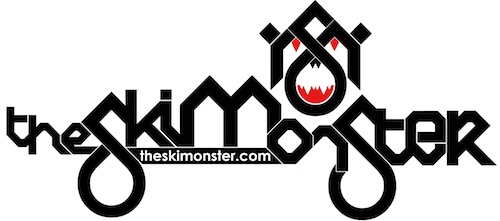

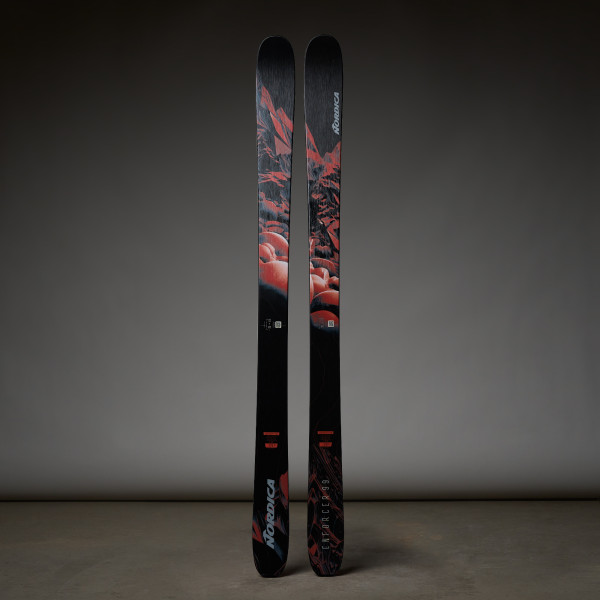
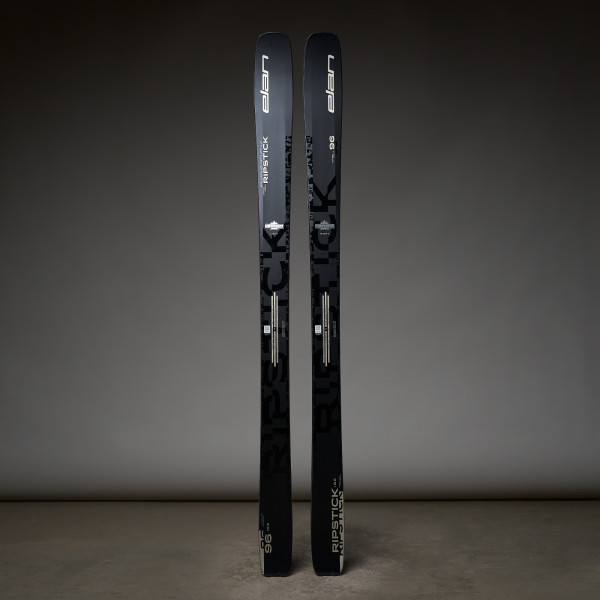
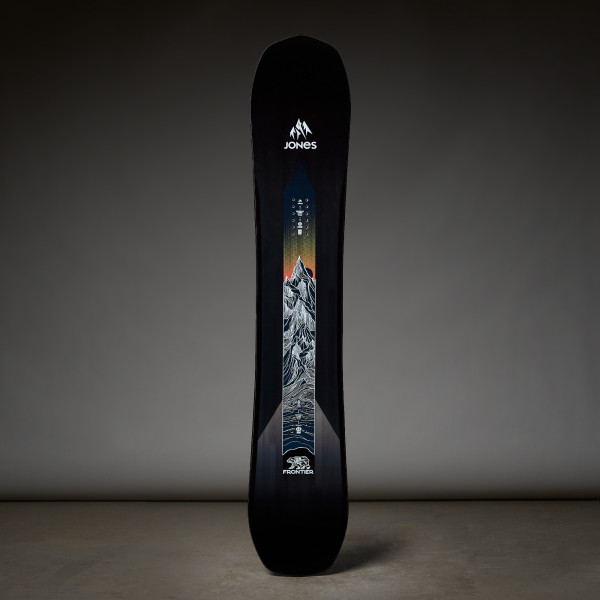
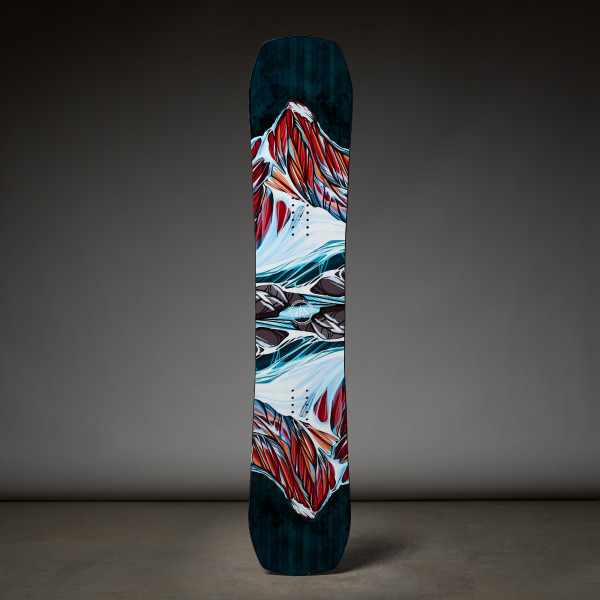


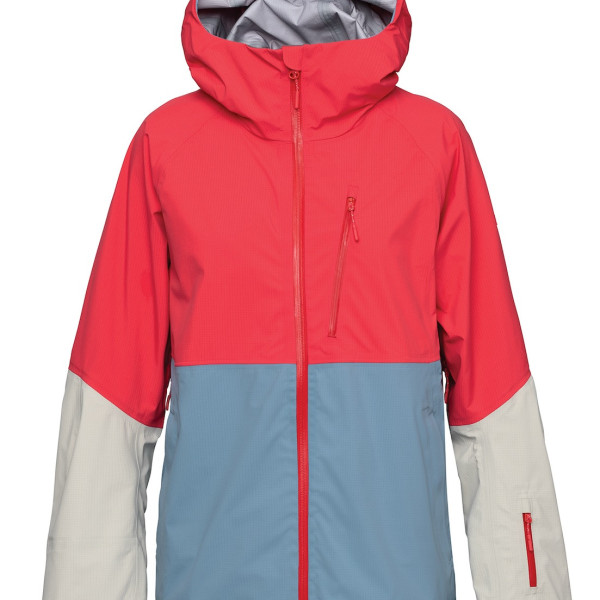

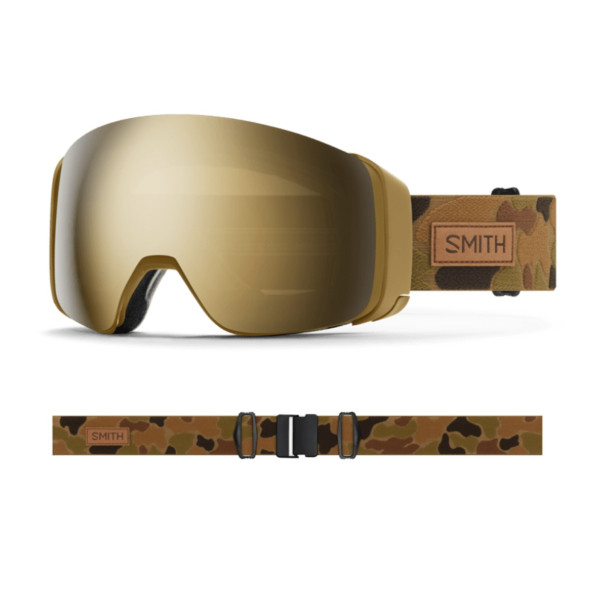
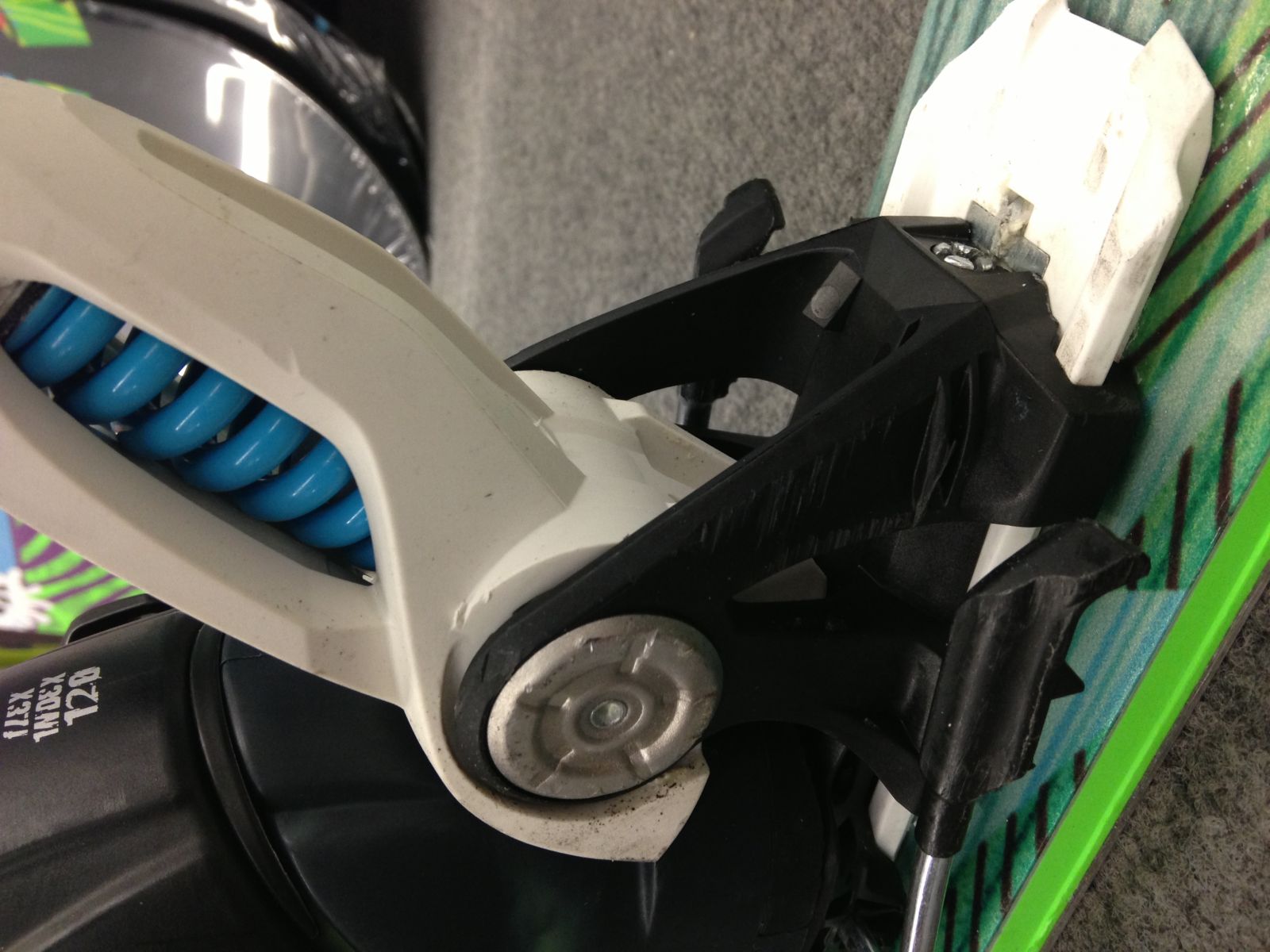
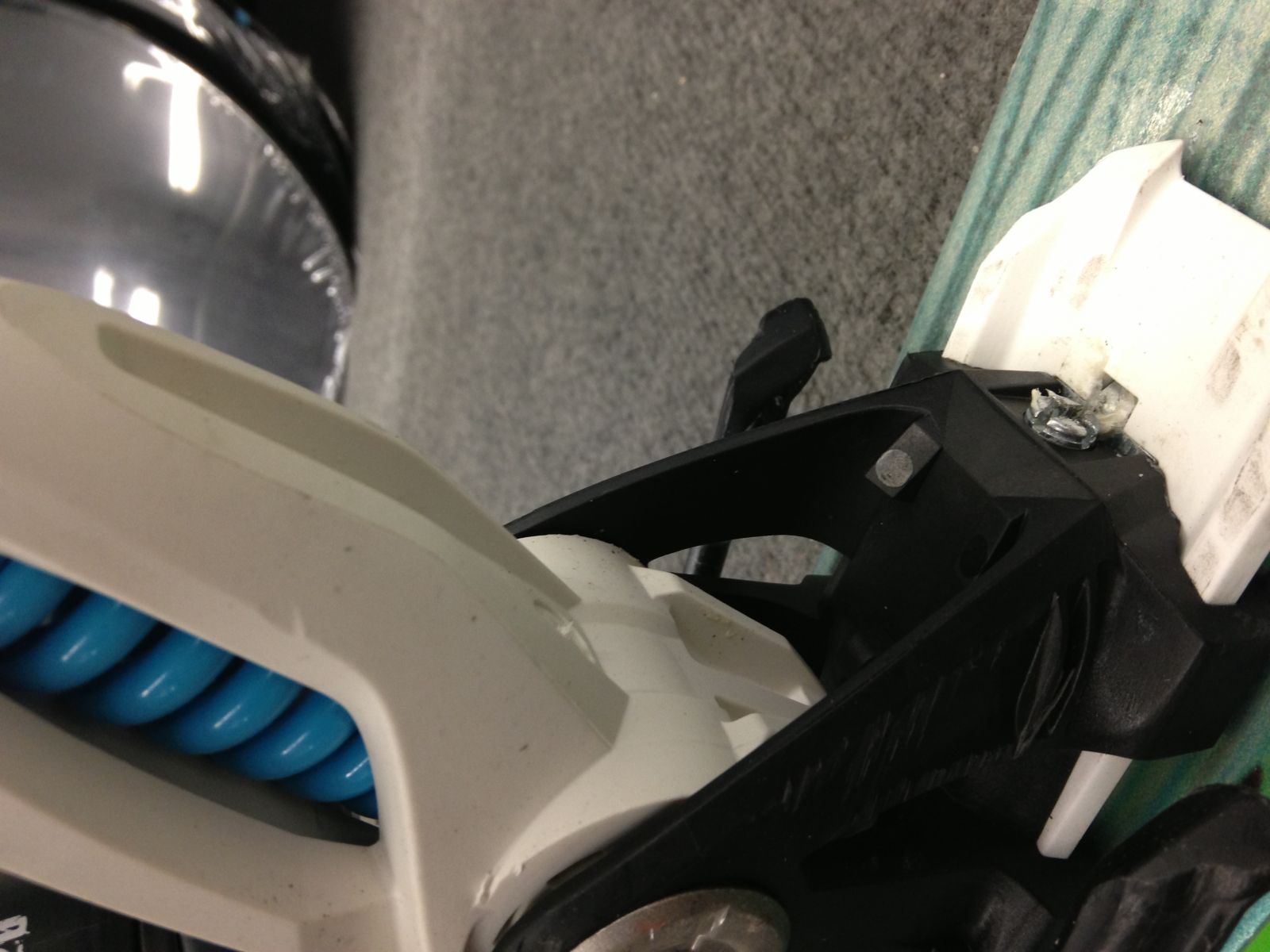
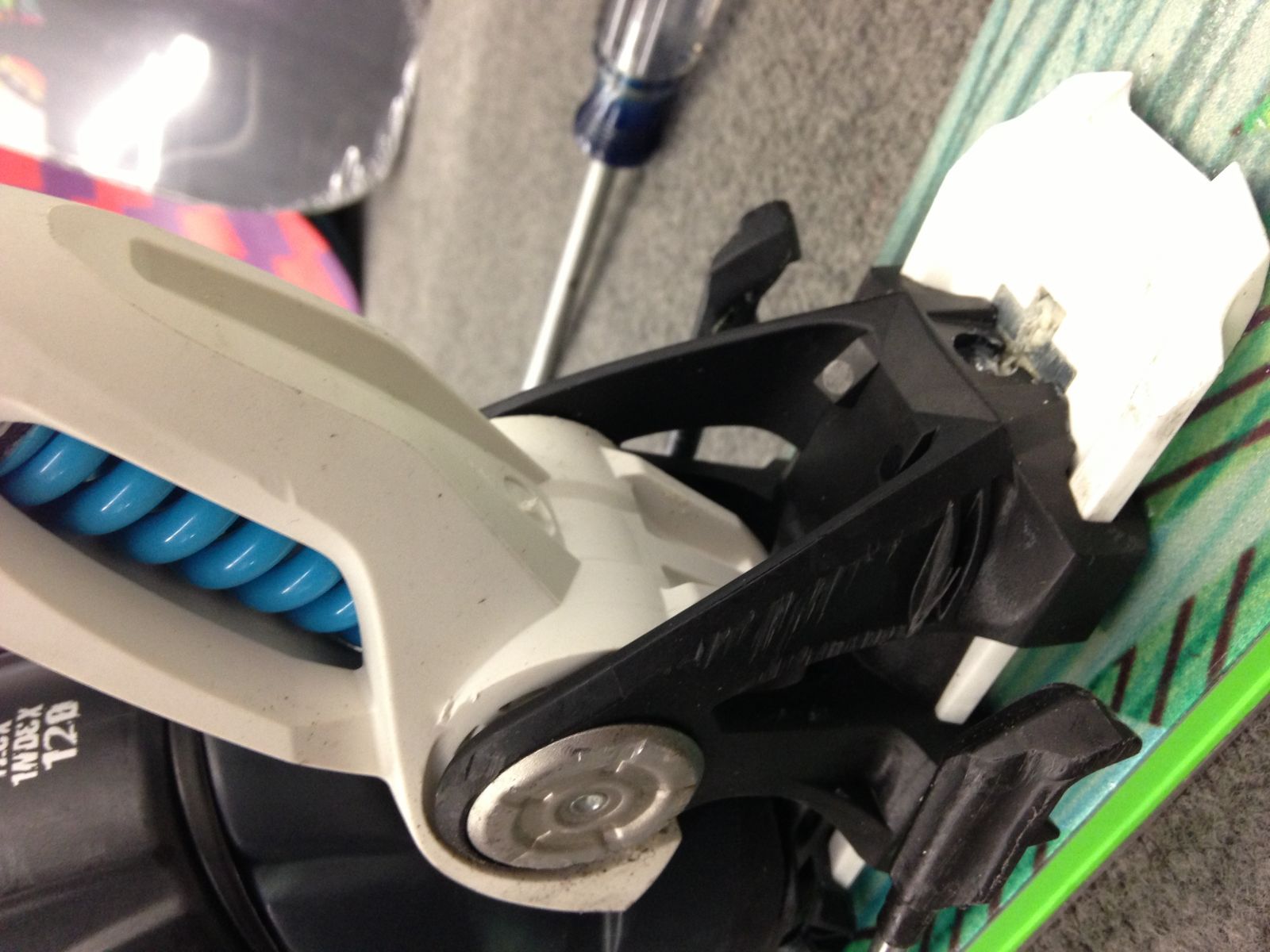
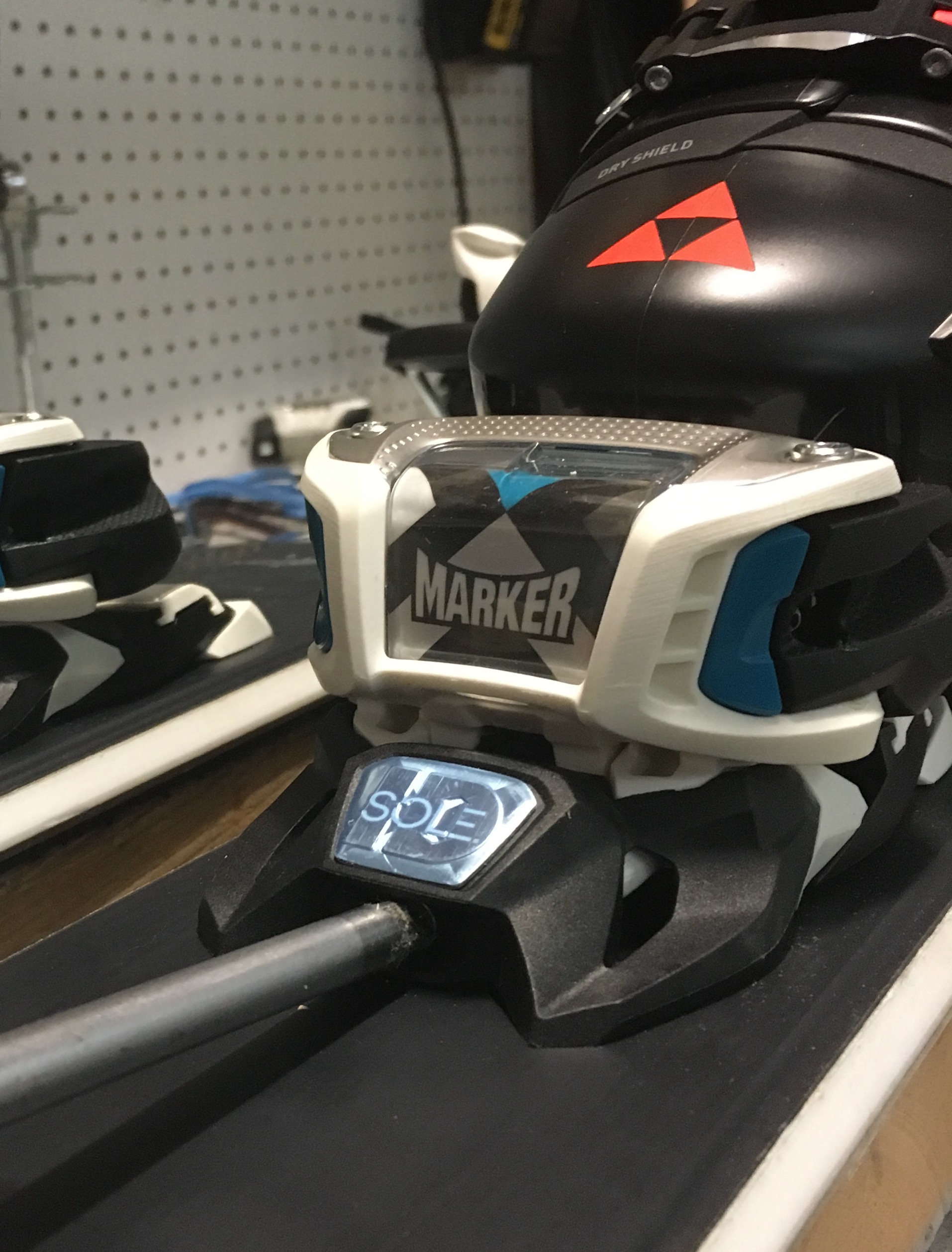
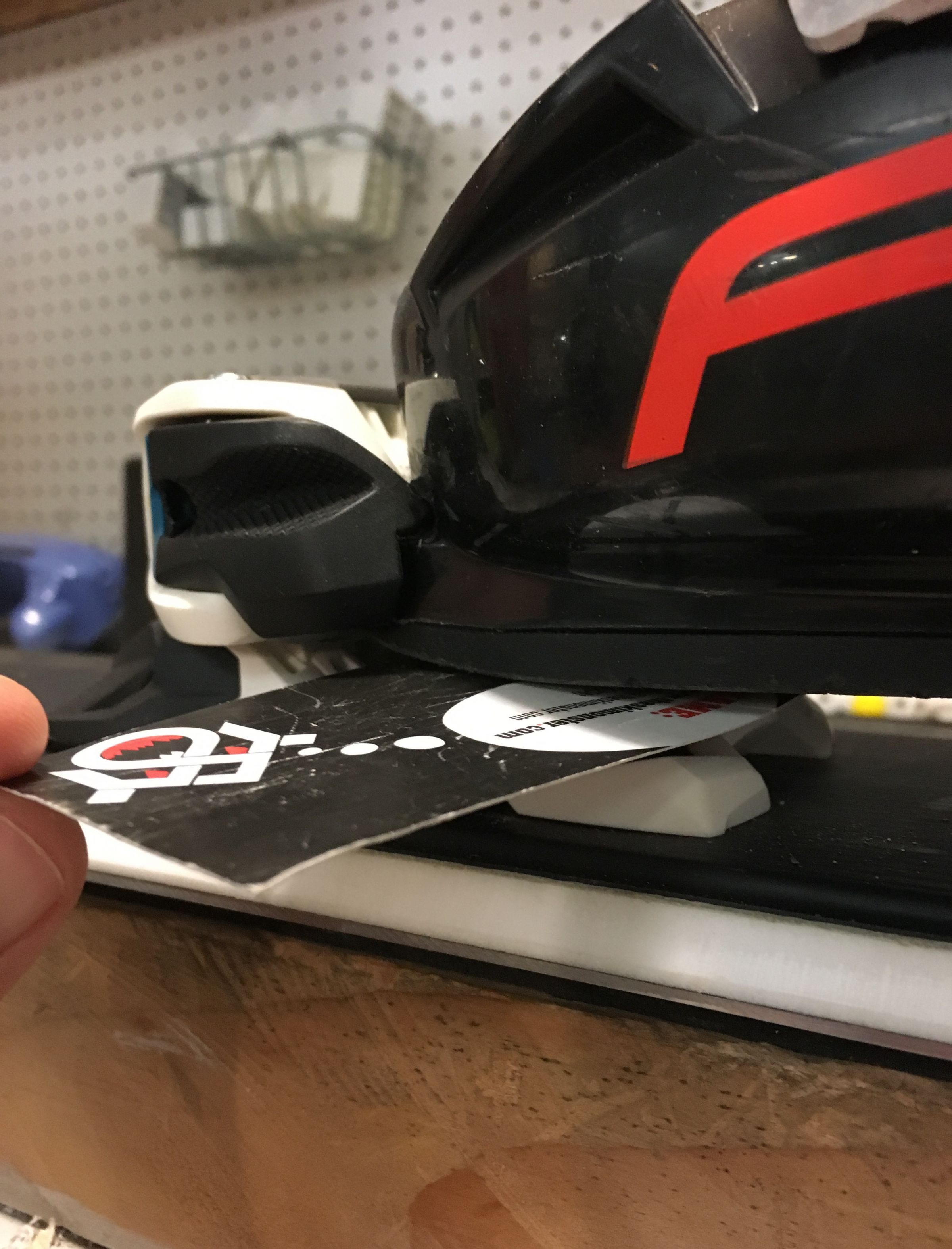
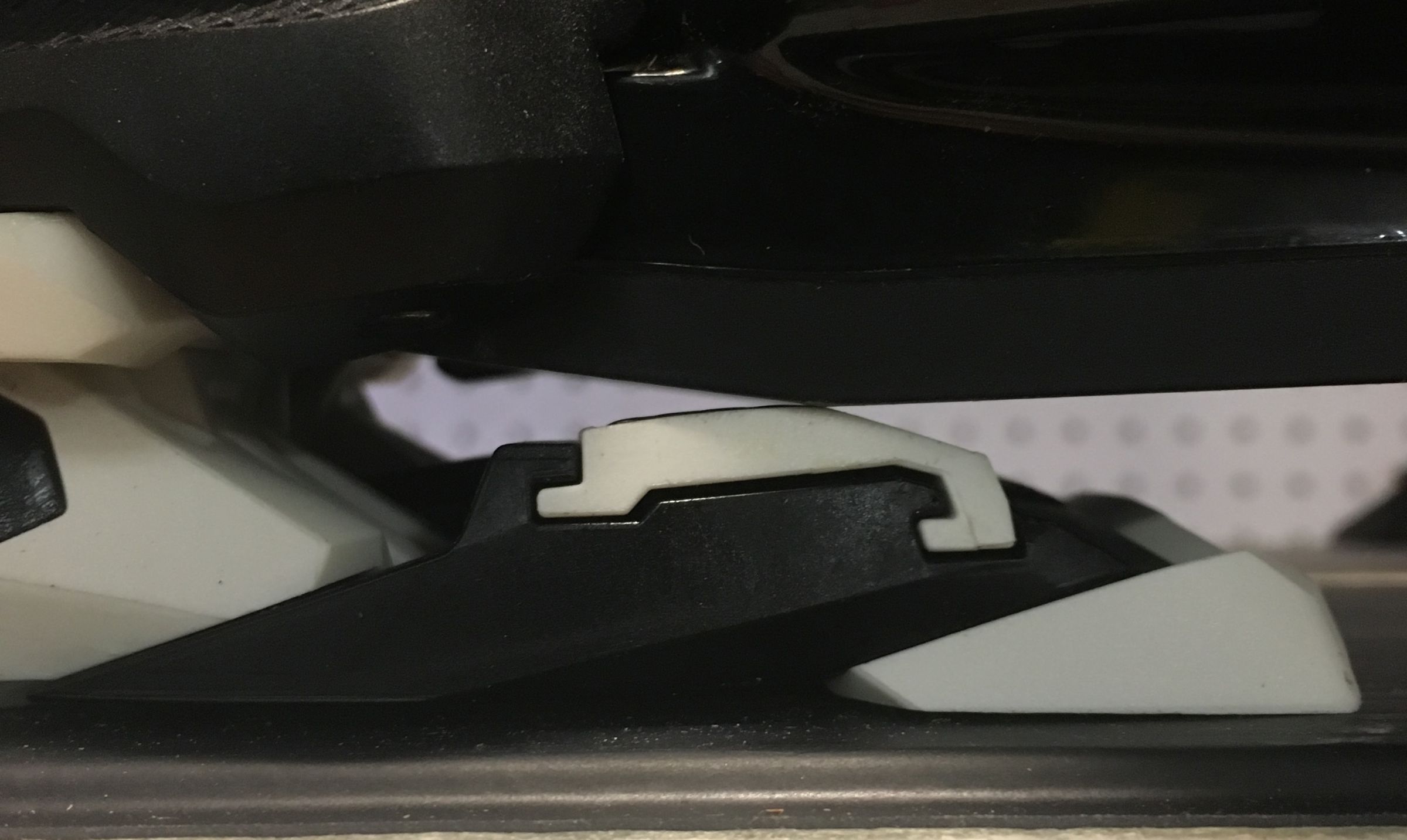
.JPG)
.JPG)
